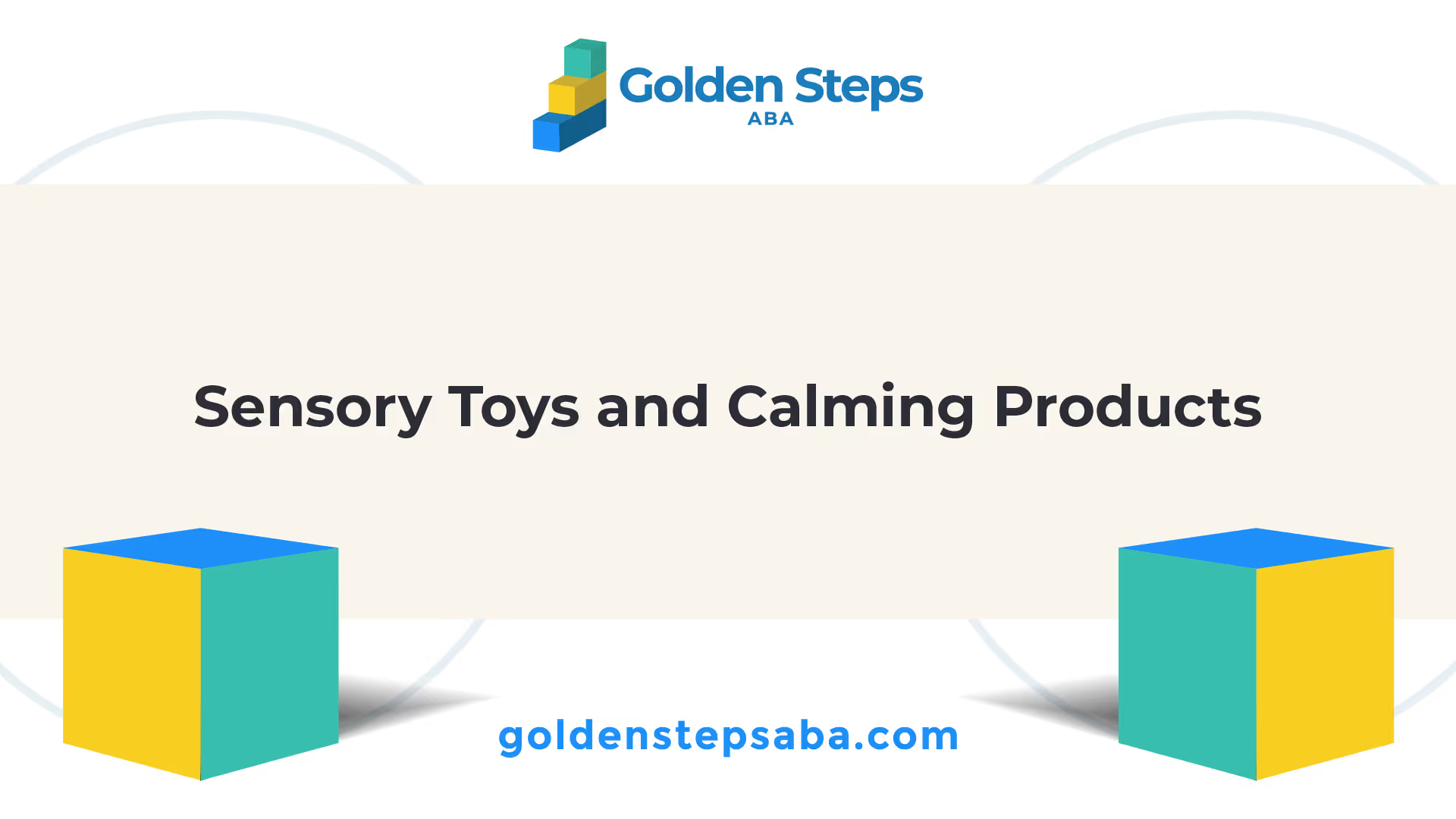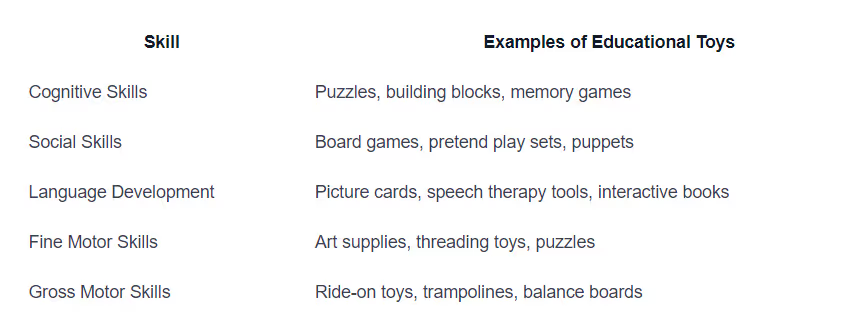Understanding Autism and Play
When it comes to children with autism, playtime holds significant importance in their development and overall well-being. While children with autism may display different play behaviors compared to their neurotypical peers, it is crucial to recognize the importance of play in their lives.

Importance of Play for Children with Autism
Children with autism spectrum disorder (ASD) may have limited play skills, such as playing with only a few toys, engaging in repetitive behaviors, or struggling to engage with toys in the same way as most children do [1]. However, playtime plays a crucial role in their learning and development of new skills.
By creating interest in toys and games, parents and caregivers can help foster appropriate play behavior and reduce self-stimulating behaviors in children with autism. Play provides an opportunity for children to explore, learn, and practice various skills, including social interaction, communication, problem-solving, and imaginative thinking.
Individuality in Play for Autistic Children
It is essential to recognize and respect the individuality of play for autistic children. Each child with autism may have unique preferences, interests, and play styles. Encouraging and supporting a child's interest in various toys and games can aid in the development of social skills and communication, making play a fun and rewarding experience for them [1].
While some children with autism may engage in repetitive play or focus intensely on specific objects or activities, it is crucial to provide a diverse range of toys and games to expand their play experiences. This can help broaden their interests, promote skill development, and enhance their engagement in play. By embracing and understanding the individuality of play in autistic children, we can create an inclusive and supportive play environment for their growth and development.
In the following sections, we will explore different types of toys and gift ideas specifically designed to cater to the unique needs and interests of children with autism. From sensory toys and calming products to educational and developmental gifts, we will provide a comprehensive guide to help you choose meaningful gifts for autistic children.

Toys for Stimulating Senses
When it comes to selecting gifts for autistic children, sensory toys play a crucial role in their development. Designed to stimulate the five senses - sight, sound, touch, smell, and taste - these toys provide a safe and natural environment for sensory exploration and development through play. They are specifically tailored to meet the sensory needs of children with autism, offering numerous benefits for their overall well-being and development.
Sensory Toys for Autism
Sensory toys for autism are specially designed to provide sensory stimulation and engage children in a meaningful way. These toys come in various forms, each targeting different senses and providing unique sensory experiences. Reflective balls, for example, help children develop their visual sense, which can be particularly beneficial as studies have shown that children with autism may have challenges processing visual sensory information.
Other sensory toys include textured objects, vibrating toys, auditory stimulators, and toys with different colors and shapes. These toys help children with autism relax, focus, and calm down, allowing them to play naturally and develop social learning skills like negotiating, planning, and sharing [2]. It's important to note that while sensory toys can help children with autism with relaxation and sensory exploration, they do not replace formal and evidence-based treatment for autism spectrum disorders [2].
Benefits of Sensory Stimulation
Sensory stimulation through play has numerous benefits for children with autism. It helps them develop and refine their sensory processing skills, enabling them to better understand and respond to sensory information in their environment. By engaging with sensory toys, children with autism can experience sensory input in a controlled and enjoyable manner, which can help them regulate their sensory responses and improve their overall sensory integration skills.
Sensory toys also play a role in promoting relaxation and providing a means for self-calming. Many autistic children may experience anxiety, stress, and sensory overload, and sensory toys can provide a soothing and calming effect. For example, toys that offer deep pressure or tactile stimulation can help children feel grounded and more at ease [3]. Additionally, calming strategies such as refuge, deep pressure, distraction, movement, and buffers are essential for autistic children to manage their emotions and find a sense of calm.
By providing sensory-friendly gifts, parents and caregivers can support the sensory needs of autistic children and create an environment that promotes their overall well-being. These gifts can include toys and activities for sensory stimulation, as well as calming items for relaxation. It's important to consider the individual preferences and sensitivities of each child when selecting sensory toys, as their sensory experiences may vary.
In addition to sensory toys, there are also other types of gifts that can benefit autistic children, such as educational and developmental toys that promote learning, skill development, and cognitive abilities [4]. These gifts provide opportunities for growth and support their educational journey.

Gift Ideas for Different Age Groups
When it comes to finding the perfect gift for autistic children, it's important to consider their age and individual needs. Here are some gift ideas tailored for different age groups: toddlers with autism, kids aged 5-10, and autistic teens.
Gifts for Toddlers with Autism
For toddlers with autism, sensory toys that encourage gross motor development, provide stimulation, and aid in motor and visual learning are ideal. Some gift ideas for this age group include:
.avif)
These toys, as recommended by Autism Parenting Magazine, can help toddlers with autism explore their senses and engage in play that supports their development.
Gifts for Kids (5-10 years old)
For kids aged 5-10, toys that focus on calming, fine motor skills, tactile exploration, and sensory integration are beneficial. Consider the following gift ideas:
.avif)
These toys, as suggested by Autism Parenting Magazine, can help children with autism develop their sensory and motor skills while engaging in enjoyable play.
Gifts for Autistic Teens
For autistic teens, gifts that cater to social communication, sensory needs, and provide calming effects can be appreciated. Consider the following gift ideas:
.avif)
These gifts, as recommended by Autism Parenting Magazine, can support autistic teens in various aspects of their lives, from communication to managing sensory challenges.
By selecting gifts that align with the specific age and needs of autistic children, you can provide them with meaningful and enjoyable experiences that support their development and well-being.

Sensory Toys and Calming Products
When selecting gifts for autistic children, sensory toys and calming products can play a crucial role in promoting their development and well-being. These toys are specifically designed to stimulate the senses and provide a soothing environment. Let's explore the range of sensory toys available and discuss calming strategies that can benefit autistic children.
Range of Sensory Toys
Sensory toys for autism are carefully crafted to stimulate a child's five senses: sight, sound, touch, smell, and taste. These toys help children develop their senses in a safe and natural environment through play [2]. They can aid in relaxation, focus, and calming down in various scenarios, enabling children to play naturally and develop social learning skills such as negotiating, planning, and sharing.
Here are some examples of sensory toys that can benefit autistic children:
.avif)
These are just a few examples of the wide range of sensory toys available. Each toy offers unique sensory experiences that can help autistic children engage with their environment and develop their senses.
Calming Strategies for Autistic Children
In addition to sensory toys, various calming strategies can be employed to create a soothing environment for autistic children. These strategies aim to help them manage stress, anxiety, and sensory overload. Some effective calming strategies include:
- Creating a quiet and comfortable space: Designate a calm area where the child can retreat to when they feel overwhelmed. This space can be equipped with soft lighting, comfortable seating, and sensory items like weighted blankets or soft pillows.
- Deep pressure stimulation: Applying gentle pressure through techniques such as deep hugs, weighted vests, or weighted blankets can help alleviate anxiety and promote relaxation.
- Breathing exercises: Teaching deep breathing techniques can assist in self-regulation and provide a calming effect during stressful situations. Encourage slow, deep breaths to help the child relax.
- Visual schedules: Establishing a visual schedule can provide a sense of structure and predictability, reducing anxiety and promoting a sense of control.
- Incorporating calming activities: Encourage activities that promote relaxation and self-soothing, such as listening to calming music, engaging in art therapy, or practicing mindfulness exercises.
By incorporating sensory toys and implementing calming strategies, parents, caregivers, and educators can create supportive environments for autistic children. These tools can help them navigate sensory experiences, promote self-regulation, and enhance overall well-being. For more gift ideas and resources, consider visiting our article on gifts for autistic children.

Educational and Developmental Gifts
When selecting gifts for autistic children, it is important to consider options that not only provide entertainment but also promote learning and skill development. Educational toys play a crucial role in the development of children with autism, serving as valuable teaching tools in various areas of growth, including cognitive abilities, social skills, language development, and sensory integration.
Importance of Educational Toys
Educational toys offer numerous benefits for children with autism. They provide opportunities for learning and engagement, promoting the development of important skills in a fun and interactive way. Some key advantages of educational toys for children with autism include:
- Cognitive Development: Educational toys can enhance cognitive abilities such as problem-solving, logical thinking, and memory retention. These toys often involve puzzles, building blocks, and games that encourage critical thinking and creative problem-solving.
- Social Skills: Many educational toys are designed to promote social interaction and communication skills. For example, board games and pretend play toys allow children to engage in imaginative scenarios, role-playing, and storytelling, which can help develop social skills and improve communication.
- Language Development: Toys that focus on language development can be particularly beneficial for children with autism. These toys may include picture cards, speech therapy tools, or interactive books that encourage language acquisition, vocabulary expansion, and expressive communication.
- Sensory Integration: Some educational toys are specifically designed to stimulate the senses and promote sensory integration. These toys engage different senses such as touch, sight, sound, and movement, helping children with autism explore and process sensory information in a controlled and enjoyable manner.
Promoting Skill Development
Educational toys for autistic children are designed to target specific areas of skill development. Here are some examples of how these toys can promote skill development:

By selecting educational toys that align with the specific needs and interests of the child, caregivers can provide them with enjoyable and enriching experiences that support their development.
When choosing educational toys, it is important to consider the child's age, interests, and developmental level. Additionally, involving the child in the selection process can help ensure that the toy is engaging and appealing to their individual preferences.
Remember, the goal of educational toys is to provide a stimulating and supportive learning environment for children with autism. By incorporating these toys into their playtime, caregivers can foster growth and development while encouraging a love for learning.
Assistive Technology Options
For individuals on the autism spectrum, assistive technology can play a vital role in communication and overall support. These technological advancements cater to the unique needs of autistic individuals, providing tools and devices that enhance communication skills and facilitate daily activities. Two key categories of assistive technology for individuals with autism are communication devices and technology choices for autism support.
Communication Devices for Autistic Individuals
Communication devices for autistic individuals offer valuable tools for non-verbal or verbally limited individuals on the autism spectrum. These devices enable effective communication and bridge the gap between individuals and their environment. Here are some popular communication devices:
- Tobii Dynavox: The Tobii Dynavox range offers speech-generating devices controlled with eye-gaze or hands, providing a valuable tool for communication [5]. These devices allow non-verbal individuals to select symbols or use eye-tracking technology to generate speech, aiding in daily communication and language skills development.
- Proloquo2Go: Proloquo2Go is an iOS app for assistive communication, available on iPhones and iPads. It is a symbol-based app that allows individuals with autism to select symbols to generate speech, aiding in daily communication and language skills development.
- GoTalk: GoTalk offers physical button assistive communication devices with customizable options ranging from 6 to 32 buttons. These devices allow individuals to record essential messages and use symbols for communication, catering to those who prefer a simple, basic, and rugged communication device [5].
Technology Choices for Autism Support
Beyond communication devices, there are various other technology choices available to support individuals on the autism spectrum. These choices aim to enhance learning, accessibility, and emergency response. Here are a few examples:
- Ablenet: Ablenet offers a wide variety of assistive technology devices for learning and communication. Their range includes switches, AAC devices, special needs curriculum, accessible toys, and support devices for computer and tablet access. Ablenet provides comprehensive support for individuals with special needs, including those on the autism spectrum [5].
- ICE4Autism: ICE4Autism is an autism-specific emergency app designed to provide first responders or medical personnel with actionable information related to the needs of people with autism during emergencies. The app offers personal details, autism-specific needs, emergency contacts, pre-recorded messages, and more. ICE4Autism aids in emergency response for individuals on the autism spectrum, ensuring their unique requirements are understood and addressed promptly [5].
These are just a few examples of the assistive technology options available for individuals on the autism spectrum. It's important to explore and consider the specific needs and preferences of the individual when selecting the most suitable technology. These advancements in assistive technology empower individuals with autism, allowing them to express themselves, connect with others, and navigate the world more confidently.
References
- https://www.marcus.org/autism-resources/autism-tips-and-resources/improving-interest-in-toys-and-games
- https://www.goldstarrehab.com/parent-resources/gifts-for-autistic-children
- https://www.supportivecareaba.com/aba-therapy/gifts-for-autistic-children
- https://www.helloedlife.com/post/top-20-technology-choices-helping-individuals-on-the-autism-spectrum-in-2021

